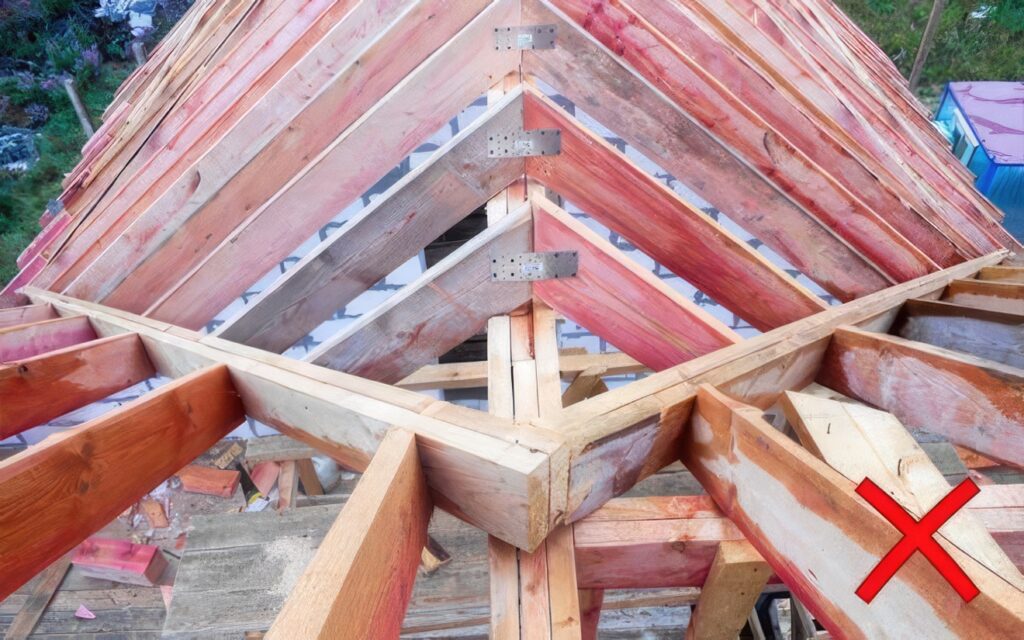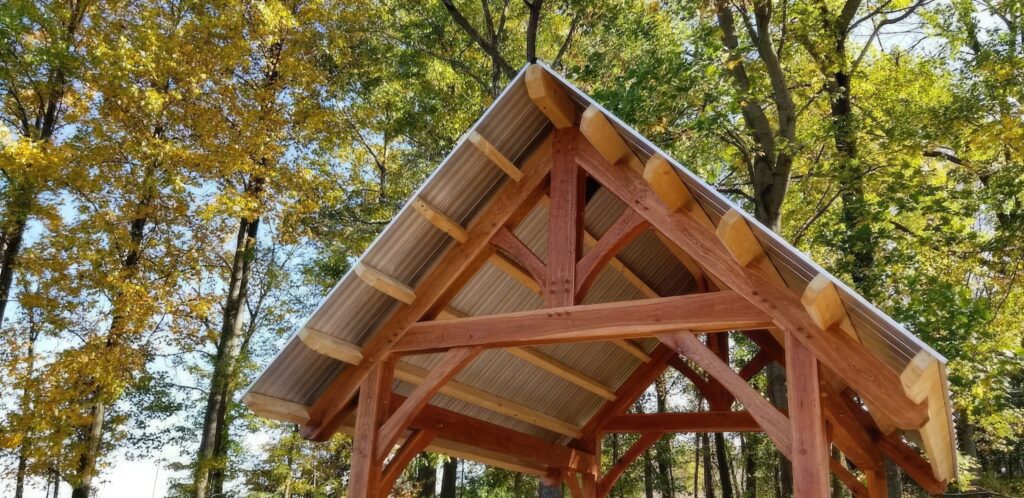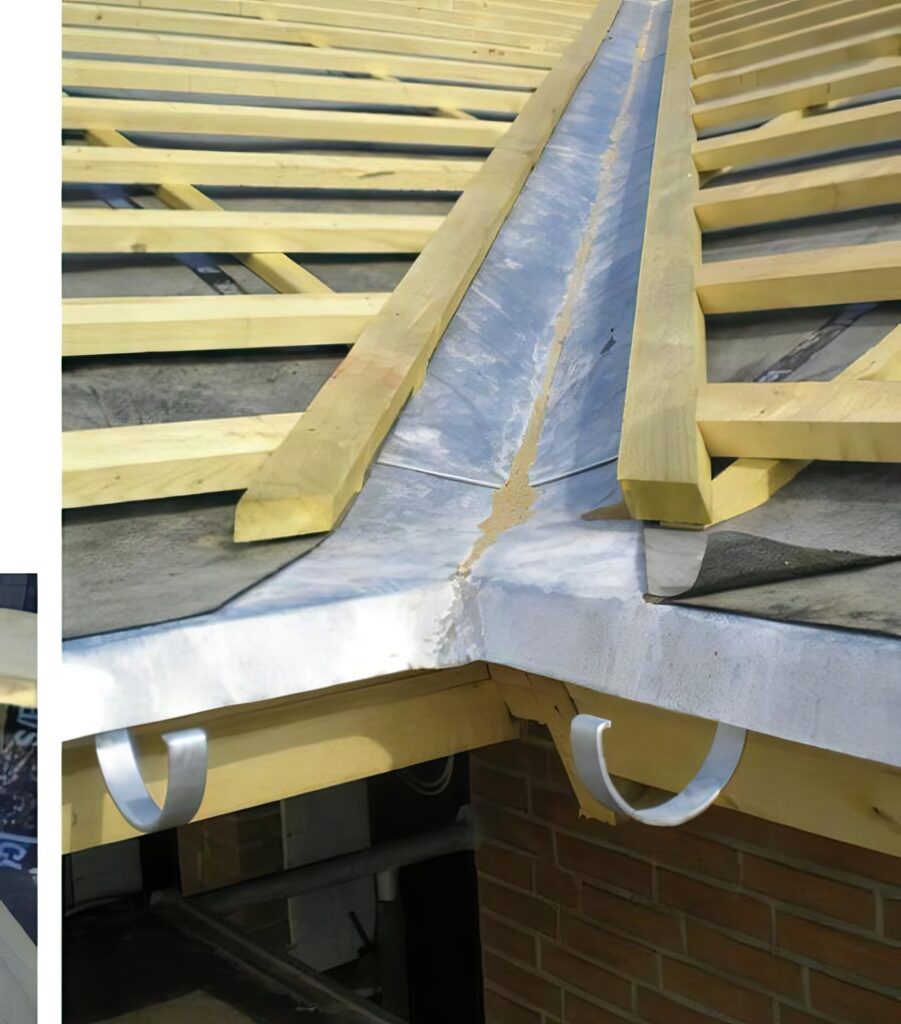We admire grand structures – soaring cathedrals, elegant bridges, expansive homes – and often attribute their strength and endurance to the raw power of their materials: mighty steel beams, dense hardwoods, resilient concrete. When it comes to the essential skeleton, the framing, the instinct is to focus on the tensile strength of steel or the load-bearing capacity of engineered lumber. Yet, this fixation on material strength alone is a fundamental misunderstanding. The true effectiveness of any framing system hinges not merely on the brute force of its components, but critically, on the often-invisible twins: precision and craftsmanship. These are the silent architects of integrity, the guarantors of longevity, and the unsung heroes transforming inert materials into a resilient, reliable whole.

Material strength provides the potential, the theoretical ceiling. Steel can bear immense loads; dense timber can resist significant compression. However, this potential is only actualized, and indeed optimized, through meticulous precision. Framing is fundamentally an exercise in geometry and load transfer. Every cut, every joint, every connection point is a node in a complex network of forces. A deviation of mere millimeters in a critical joint, an angle cut a fraction of a degree off, or a fastener driven slightly askew can initiate a cascade of consequences:
- Compromised Load Paths: Structural loads (gravity, wind, seismic forces) must travel efficiently and predictably from their point of application down to the foundation. Precision ensures that beams land squarely on posts or walls, that joists connect perfectly to beams, and that shear walls align flawlessly. Imprecision creates stress concentrations – points where forces are unnaturally focused. Instead of being distributed evenly across a member or connection, excessive stress builds up in a tiny area, like water pressure finding a weak spot in a pipe. This localized stress can lead to premature yielding, cracking, or catastrophic failure, even if the surrounding material is theoretically strong enough. A beam end cut slightly too short might only bear on a fraction of its intended bearing surface, multiplying the local pressure exponentially.
- Instability and Movement: Framing relies on triangulation and rigid connections to resist lateral forces like wind or earthquakes. Precision in cutting and assembling these connections – whether through traditional joinery, metal plates, or engineered connectors – is paramount. Sloppy joinery, gaps at connections, or misaligned members create points of play or unintended flexibility. What should be a rigid frame becomes a structure prone to racking (leaning), wobbling, or excessive deflection under normal loads. This not only feels unsettling but also fatigues materials and connections over time, leading to squeaks, cracks in finishes, and potentially progressive structural weakening.
- Wasted Material and Inefficiency: Imprecision leads to waste. Components cut too short become scrap; those cut too long require awkward shims or force-fitting, compromising the connection. In complex framing layouts, cumulative small errors can throw entire sections out of alignment, requiring costly remediation or forcing compromises that weaken the overall system. Precision maximizes the efficiency of every piece of material, ensuring it contributes fully to the structure’s strength as intended.
Precision provides the blueprint for strength, but it is craftsmanship that breathes life into the blueprint. Craftsmanship is the skilled application of knowledge, experience, and care. It transforms precise measurements into physical reality:

- Understanding the Material: A true craftsman doesn’t just cut wood or bolt steel; they understand the material’s grain, its potential weaknesses (like knots), its reaction to moisture, and its behavior under stress. They know how to orient a beam for optimal strength, how to select the clearest stock for critical members, and how to work with the material’s natural properties, not against them. This deep understanding informs every cut and assembly decision.
- Mastery of Technique: Whether wielding a traditional hand plane for a perfect mortise-and-tenon joint, operating sophisticated CNC machinery for complex steel connections, or expertly driving fasteners to the correct depth and torque, craftsmanship is about skill honed through practice. It’s knowing how to achieve the required precision consistently, even under challenging conditions. It’s the ability to make subtle adjustments on the fly based on the reality of the materials and site, ensuring the design’s intent is met.
- Attention to Detail and Pride in Work: Craftsmanship embodies a mindset. It’s the carpenter who ensures every bearing surface is clean and true, the steelworker who meticulously grinds a weld smooth for perfect fit-up, the framer who double-checks plumb and level before securing a wall. It’s the inherent understanding that hidden work is just as important as visible work. This attention to detail stems from pride and a commitment to building something that lasts. It’s the difference between simply “getting it done” and “getting it right.”
- Problem Solving and Adaptation: No plan survives contact with reality unscathed. Materials have variations, site conditions shift, unforeseen obstacles arise. Craftsmanship involves the experience and ingenuity to solve these problems without compromising structural integrity. A skilled framer finds ways to reinforce a slightly compromised member, adjusts a connection detail to accommodate an unexpected pipe, or improvises a safe, strong solution that adheres to the spirit of the engineering while navigating site constraints.
The consequences of neglecting precision and craftsmanship, even with top-tier materials, are stark and often costly:

- Structural Failure: The most severe outcome, ranging from localized collapses (like a deck pulling away from a house due to poorly installed ledger bolts) to catastrophic building failures. History is littered with examples where material strength was adequate on paper, but construction errors led to disaster.
- Chronic Problems: Less dramatic but pervasive issues like persistent floor squeaks (from poorly fitted joists), sticking doors and windows (from racked walls), chronic drywall cracks (from excessive deflection or movement), and uneven floors. These are almost always rooted in framing imprecision or poor workmanship.
- Reduced Longevity: Stress concentrations, poor moisture management due to gaps or improper flashing integration at framed openings, and constant movement fatigue materials and connections, significantly shortening the structure’s lifespan.
- Increased Costs: Callbacks for repairs, warranty claims, and the need for expensive structural remediation far outweigh the initial investment in skilled labor and careful execution. Reworking framing is notoriously disruptive and expensive.
Conversely, framing executed with high precision and craftsmanship delivers profound benefits:
- Optimized Structural Performance: Loads are transferred efficiently and predictably, maximizing the inherent strength of the materials used. The structure behaves as the engineer intended.
- Enhanced Durability and Longevity: A precisely built frame experiences minimal unintended stress, resists movement, and provides a stable, solid base for all subsequent building components, leading to a longer, trouble-free life.
- Superior Build Quality: Straight walls, level floors, square corners, and the absence of squeaks or cracks are the hallmarks of quality craftsmanship in framing. This forms the foundation for high-quality finishes and overall building performance.
- Efficiency and Predictability: Precision reduces waste and rework. When components fit perfectly the first time, construction proceeds faster and more smoothly.
- Inherent Safety: A frame built correctly is fundamentally safer during construction and throughout its service life.
From the intricate timber framing of ancient Japanese temples, held together by precise joinery without nails, to the complex steel skeletons of modern skyscrapers, where millimeter-accurate connections are bolted under immense tension, the principle holds true. The material provides the muscle, but it is precision that defines the skeleton’s efficient form, and craftsmanship that forges its resilient spirit. To build frames that are truly effective – strong, stable, enduring, and efficient – we must look beyond the specification sheet of material strengths. We must invest in the meticulous measurements, the sharp tools guided by skilled hands, the experienced eye judging fit and alignment, and the unwavering commitment to doing the hidden work exceptionally well. For in the quiet discipline of precision and the enduring value of craftsmanship lies the unshakeable foundation of every great structure.


